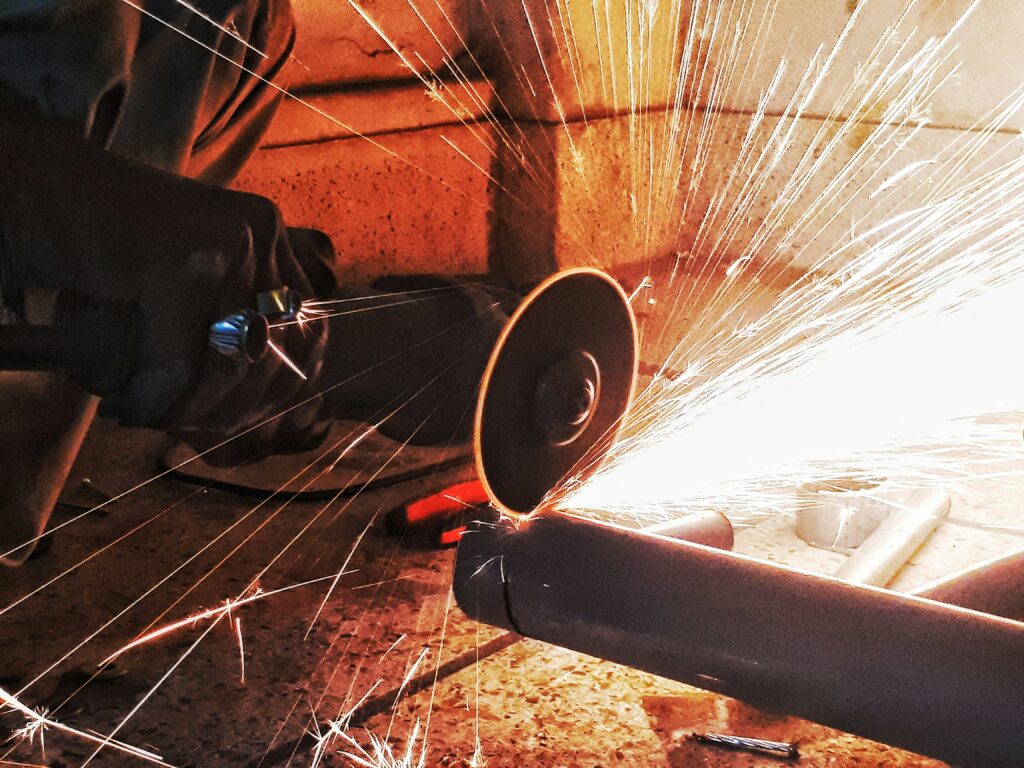
HOW TO CHOOSE A RIGHT DIAMOND BLADE
What are you cutting?
What type of blade you’re searching for will be determined by the sort of material you want to cut. For example, diamonds are secured on edge with bonds, a combination of metals that bind them together and hold them in place Depending on their density, different bonds have varying wear rates.
Bonds are classified as soft, medium, or hard. A weaker bond is recommended if you’re cutting very dense concrete. It appears to go against common sense, but you want the bonds to wear down quicker when cutting hard materials.
Because the bonding material beneath the surface of a new blade is denser than the steel, there are more diamonds hidden within it, and as the edge wears down, new diamonds are revealed. A blade’s diamonds will wear down, fracture, or be torn off. The goal is to have the right amount of wear. You’ll want a knlife with a stronger bond if you’re cutting brick or asphalt. When cutting softer materials, the diamonds stay more relaxed, which helps them keep their shape.
What type of saw are you using?
There are several different RPMs for each saw, and most blades are meant to be spun at a specific RPM. Installing an unsuitable edge on your grinder or saw will result in inefficient cutting and even lead to life-threatening injuries. Therefore, the maximum RPM range of the supplied blade package should be stated.
ls it a dry or wet saw?
Water was required for most diamond blades a few decades ago since they were silver soldered and couldn’t withstand the heat Modern blades have laser-welded diamonds, which can better withstand heat. However, if you keep it cool with water, a knife advertised as a “dry blade” will not cut any faster or last longer.
What sort of blade is required?
Diamond blades come in a variety of sizes. The most popular dimensions are 4 and 16 inches.Always follow the size advised by the tool’s manufacturer.
Diamond Blades Types
Segmented blades
These are the most common general-purpose blades and have medium to complex bonds. Dry cutting with segmented blades is advantageous since it keeps them cool. Paver, concrete, and asphalt are all examples of materials that can be cut using segmented blades.
Serrated (turbo)
These blades have serrated edges that push debris aside, allowing quick and smooth cuts. Turbine blades with jagged edges can be used in wet and dry applications. This blade is ideal for cutting tile, natural stone, marble, and granite based on soft to medium bonds.
Continuous blades
These are the cleanest cutting blades on our list, making them perfect for trimming endures. These blades are the longest in terms of time to cut, but they also require water to keep them cool. They’re best for soft materials like ceramic tile and porcelain because of their gentler bonds.